The world, particularly the United States, appeared to be facing a narrowing window of opportunity to prevent Iran from achieving nuclear statehood.
According to two reports released on Wednesday by the United Nations’ nuclear watchdog, Iran had significantly increased its stockpile of uranium enriched close to weapons grade since announcing a sharp acceleration in enrichment last December. Efforts to resolve outstanding issues had seen no progress.
There have been long-standing concerns over Iran’s stockpile of uranium enriched up to 60 per cent fissile purity, a level approaching the 90 per cent required for nuclear weapons. The concern arises from understanding by nuclear armament watchers that enrichment had no civilian purpose. However, Iran has maintained that its nuclear programme is intended solely for peaceful energy production.
According to a Reuters report, despite the Trump administration’s declared intention to exert pressure on Iran regarding its nuclear ambitions, the International Atomic Energy Agency (IAEA) had warned that diplomatic efforts to impose new restrictions were running out of time.
The agency, in an unusual move, had included a passage in both of its quarterly reports on Iran, emphasising that the country’s increased production and accumulation of highly enriched uranium were matters of grave concern, particularly as Iran remained the only non-nuclear weapon state engaged in such activities.
A confidential report from the IAEA revealed that Iran’s stockpile of uranium enriched up to 60 per cent in the form of uranium hexafluoride had surged by 92.5 kg in the last quarter, reaching a total of 274.8 kg. According to an IAEA benchmark, this quantity, if further refined, would be sufficient to produce six nuclear weapons, with additional material available at lower enrichment levels.
A senior diplomat noted that Iran’s enrichment rate had increased significantly; while previously it had been producing between 6 and 9 kilogrammes of uranium enriched to 60 per cent per month, the figure had now risen to 35-40 kg, the Reuters report said. This was just below the 42 kg threshold that, if further enriched, could be used for a single nuclear bomb.
Another IAEA report highlighted the continued lack of progress in resolving key outstanding issues, including Iran’s failure to provide explanations for uranium traces detected at undeclared sites—an issue the agency had been pressing the country to address for years.
No direct talks soon
Iran’s foreign minister made it clear on Tuesday that direct negotiations with the United States would remain off the table as long as Washington continued to enforce its maximum pressure policies under President Donald Trump.
He emphasised that Iran’s stance in the nuclear talks was well-defined, stating that negotiations would not take place under pressure or sanctions. Direct discussions with the US would not be possible as long as such policies persisted. Instead, Iran planned to advance its nuclear position in coordination with its allies, Russia and China, as the three countries deepened their ties.
During his first term from 2017 to 2021, Trump had unilaterally withdrawn the US from a key agreement between Iran and major world powers, which had imposed stringent restrictions on Tehran’s nuclear programme in exchange for sanctions relief. Following the US withdrawal in 2018, Iran had not only violated those limits but had significantly exceeded them.
With the agreement largely dismantled, European nations had been pushing to either negotiate new restrictions on Iran’s nuclear activities with US involvement or trigger a mechanism within the deal to reimpose all previous sanctions before its scheduled expiration in October.
Trump’s 2018 decision to exit the Joint Comprehensive Plan of Action (JCPOA) had been accompanied by the imposition of stringent sanctions, drastically reducing Iran’s oil exports to below 500,000 barrels per day and freezing its revenues in foreign banks.
Earlier this month, he had reinstated his “maximum pressure” strategy, aiming to bring Iran’s oil exports down to zero, effectively reviving Washington’s hardline stance from his first term.
A window still exists?
Ariel (Eli) Levite, in an analysis for the Carnegie Endowment, suggested that President Trump was eager to achieve a major diplomatic success and should prioritise securing an agreement with Iran to fulfill his long-standing pledge—shared by previous administrations—to prevent the country from obtaining nuclear weapons.
Levite argued that such an outcome was within reach, provided that negotiators could establish principles that ensured the deal was both practical and advantageous, satisfying all parties while safeguarding US and global interests in the long run.
Iran’s nuclear programme, he noted, demanded urgent attention due to the country’s proximity to developing a nuclear bomb. Recent strategic setbacks—including heavy losses suffered by its regional allies like Hamas and Hezbollah, as well as Israeli strikes on Iranian territory—had heightened Tehran’s incentive to pursue nuclear capabilities.
Levite warned that if Washington failed to act swiftly, it would lose a crucial bargaining tool: the UN sanctions snapback mechanism, which was set to expire in the fall.
Negotiating with Iran has always been difficult, but this time may be tougher. The world is dealing with many crises and there are other concerns about Iran—like its support for Russia in Ukraine, its actions in West Asia and its treatment of its own people.
On top of that, there are complications like global worries about Iranian oil, Russia backing Iran, China’s mixed stance and disagreements between the US and Europe. According to Levite, Iran also doesn’t trust Trump because he pulled out of the last nuclear deal, ordered the killing of top general Qassem Suleimani and hit Iran with harsh sanctions. Meanwhile, Trump himself has security concerns due to Iran-linked plots against him.
Still, a new deal with Iran is possible, says Levite. Trump’s unpredictable style and strong influence could help him make a deal where past leaders failed. Unlike Biden, who wanted to bring back the old 2015 nuclear deal, Trump might try a fresh approach—using tough sanctions as a bargaining tool. Iran’s struggling economy and weakened position after setbacks for its allies, like Hamas, Hezbollah and Syria’s toppled leader Bashar al-Assad might push it toward negotiations.
The biggest reason to try diplomacy is the risk of war. If Iran goes ahead with its nuclear weapons programme, there is a threat that a war could break out, with reports already suggesting that Israel has mapped Tehran’s nuclear sites as potential targets.
Given their strategic ties, if a military conflict breaks out between Iran and Israel, the US is likely to get involved, even directly, which could lead to a major regional conflict. Though, in the case Israel-Hamas year-long conflict, Donald Trump before his second inauguration said that it was not America’s war, signalling he would cut down on aid and financial assistance given to Israel.
An American involvement in Israel-Iran military conflict would have disastrous consequences for the entire West Asia. It would also costly for the US. There is another risk. If Iran does get nuclear weapons, other countries might enter the race, attempting to build or acquire their own atomic warheads.
What is the Iran nuclear deal?
As per the Council on Foreign Relations, the Iran nuclear deal, officially called the JCPOA, was an important agreement made in July 2015 between Iran and major world powers, including the US. Under this deal, Iran agreed to significantly reduce its nuclear programme and allow more international inspections in return for the lifting of economic sanctions worth billions of dollars.
Supporters of the agreement believed it would prevent Iran from developing nuclear weapons, reducing the chances of conflict with countries like Israel and Saudi Arabia. However, the deal faced serious challenges after President Trump withdrew from it in 2018.
The JCPOA, which took effect in January 2016, set limits on Iran’s civilian nuclear activities. The main negotiators were the five permanent members of the United Nations Security Council (China, France, Russia, the UK and the US) along with Germany, collectively known as the P5+1. The European Union (EU) was also involved. The goal of the P5+1 was to slow down Iran’s nuclear programme so that if Iran ever decided to build a nuclear bomb, it would take at least a year—giving world powers enough time to act.
Iran had previously agreed not to develop nuclear weapons by signing the Nuclear Nonproliferation Treaty, which has been in place since 1970. However, after the 1979 revolution that overthrew the Pahlavi dynasty, Iranian leaders secretly pursued nuclear technology. US intelligence reports in 2007 suggested that Iran stopped its weapons programme in 2003 but continued to develop nuclear knowledge and capabilities.
Why a nuclear Iran will be dangerous?
Many in the domain of geopolitics and foreign affairs feel that if Iran acquires nuclear weapons, it could destabilise West Asia, or the Middle East. While Israel, Iran’s longtime rival, would face a major threat, however any nuclear attack by Iran would lead to its own destruction due to Israel’s undeclared nuclear arsenal and strong US support.
Concerns over Iran’s nuclear and missile programmes have grown significantly in late 2024, especially after a direct military confrontation between Iran and Israel and the election of Trump as US president. The US, Israel and their West Asian allies see Iran as a major threat and are determined to prevent it from obtaining nuclear weapons—by military force if necessary.
A chance for diplomacy to succeed
With Trump adding to the unpredictability quotient of US diplomacy, the world faces a tough challenge of convincing Iran of shelving its nuclear ambitions. As IAEA report says Iran has accelerated its uranium enrichment, and with diplomatic channels stagnating, the risk of a nuclear-armed Tehran looms larger than ever. If diplomacy fails, military confrontation may become inevitable—plunging the region into yet another cycle of conflict with global repercussions.


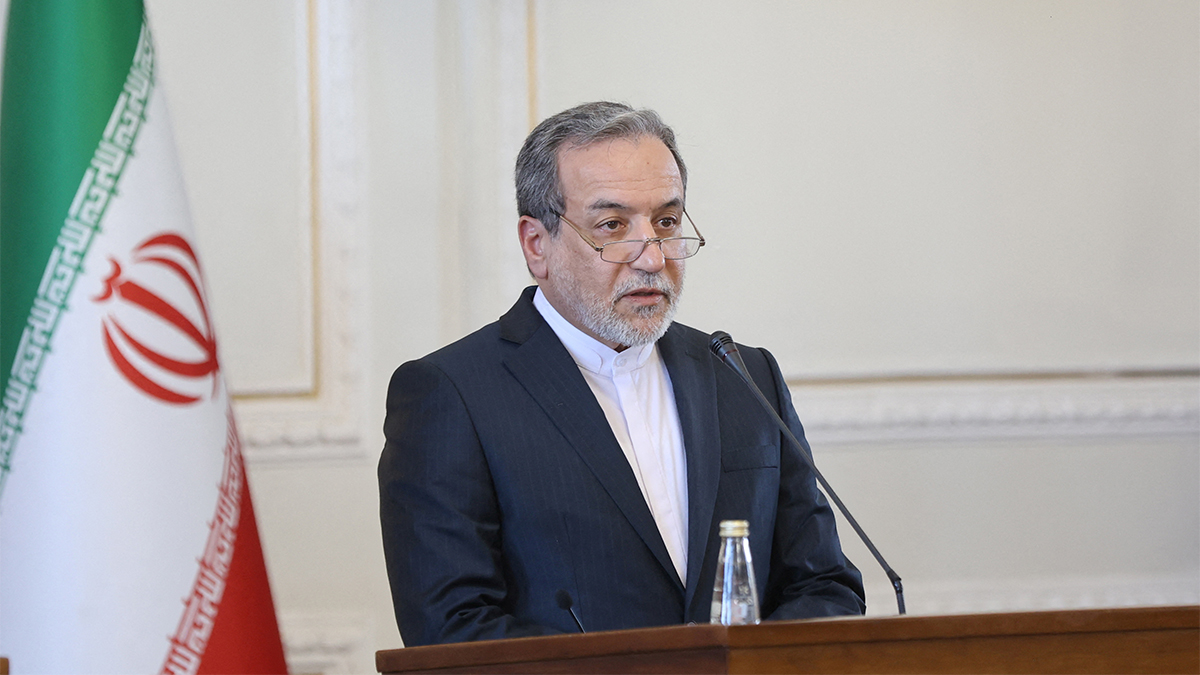)
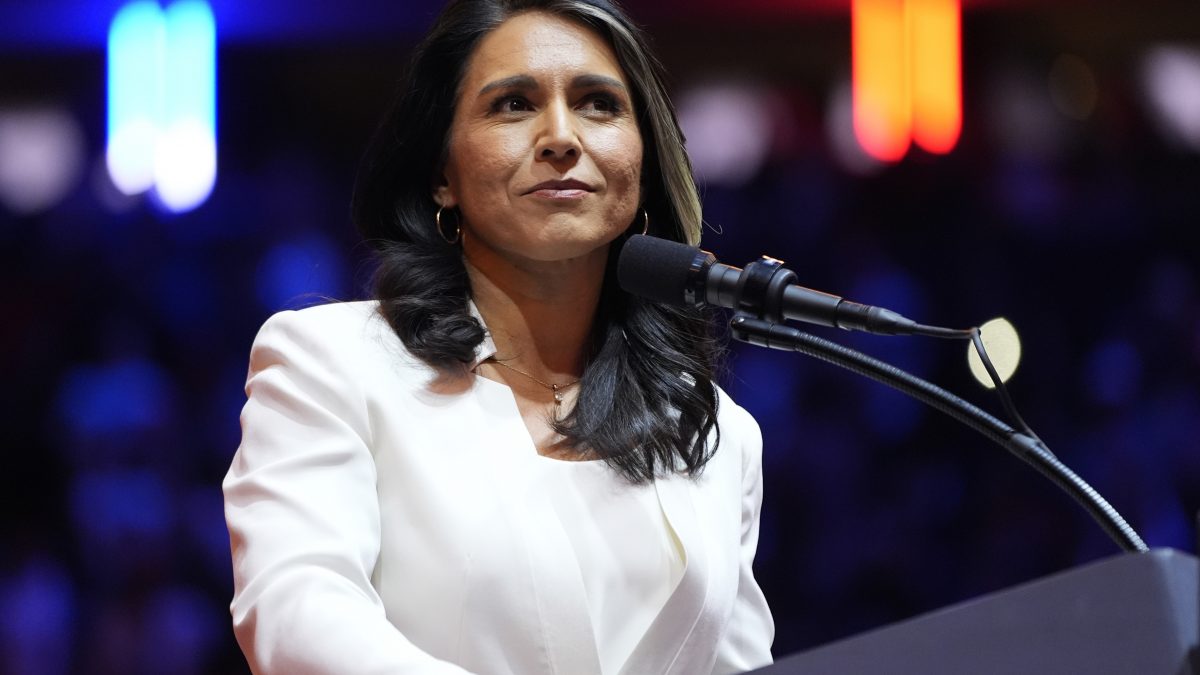)
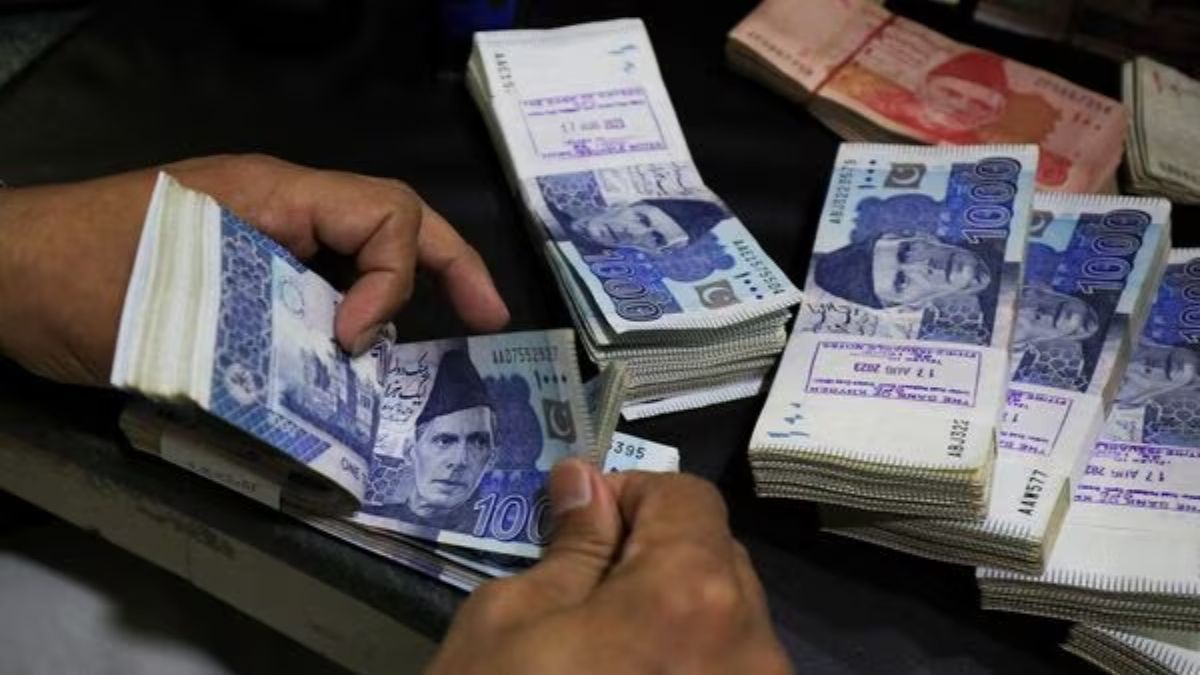)
)
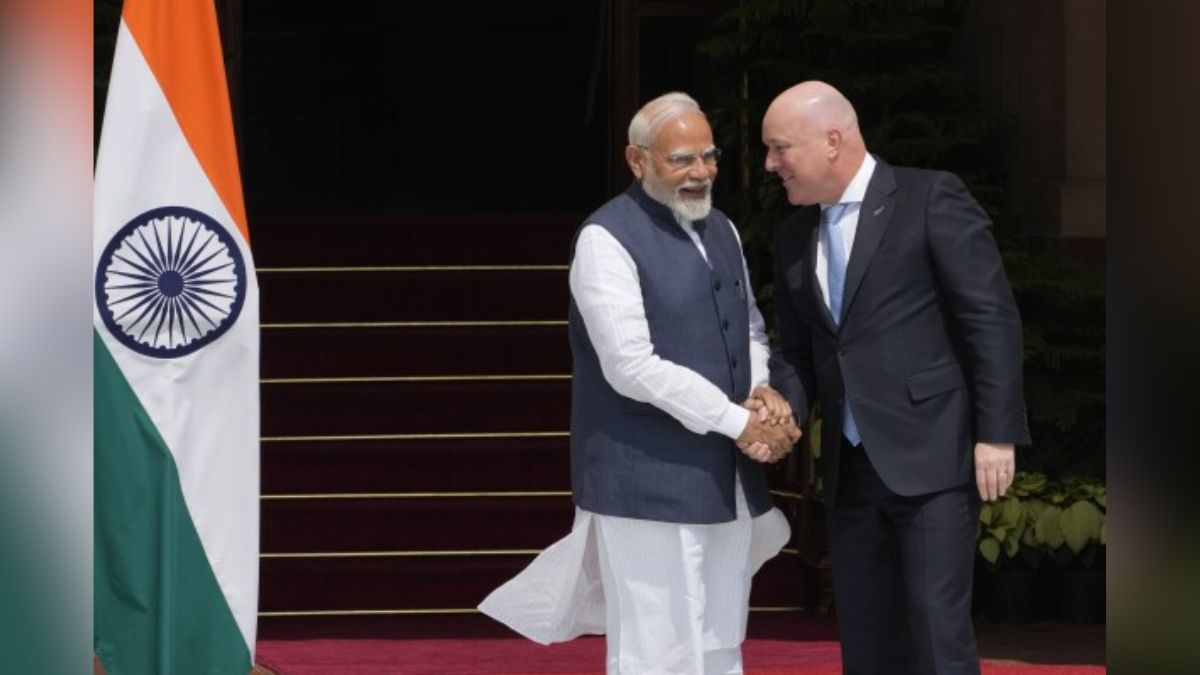)
)
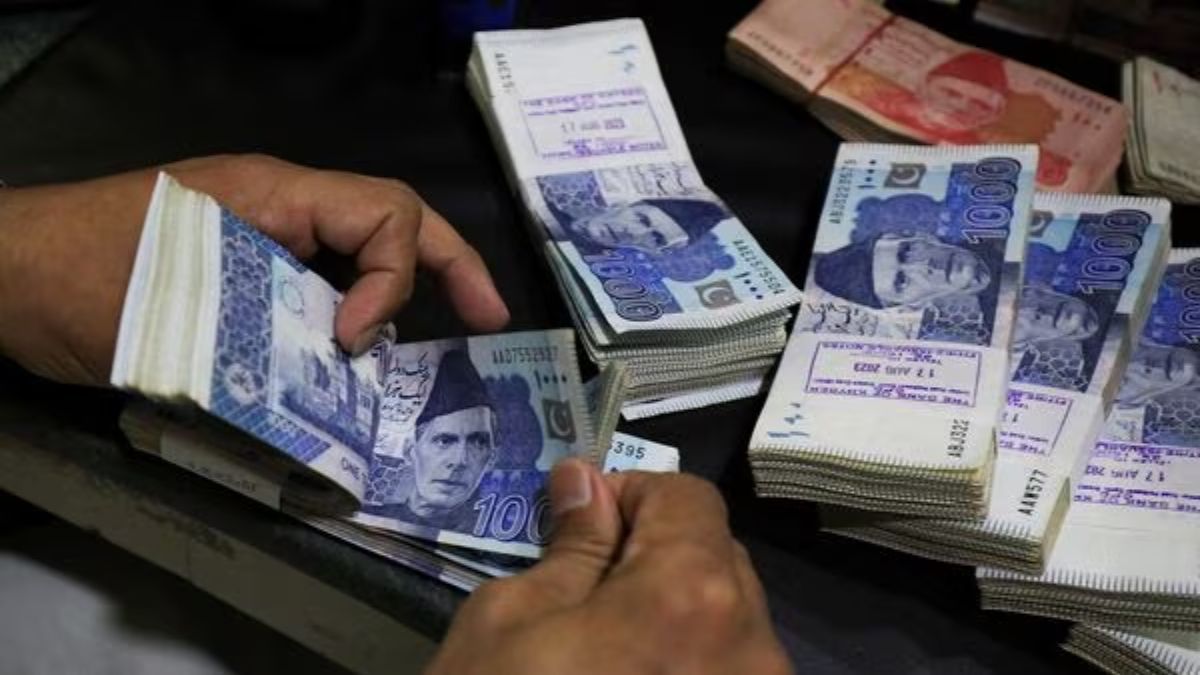)
)
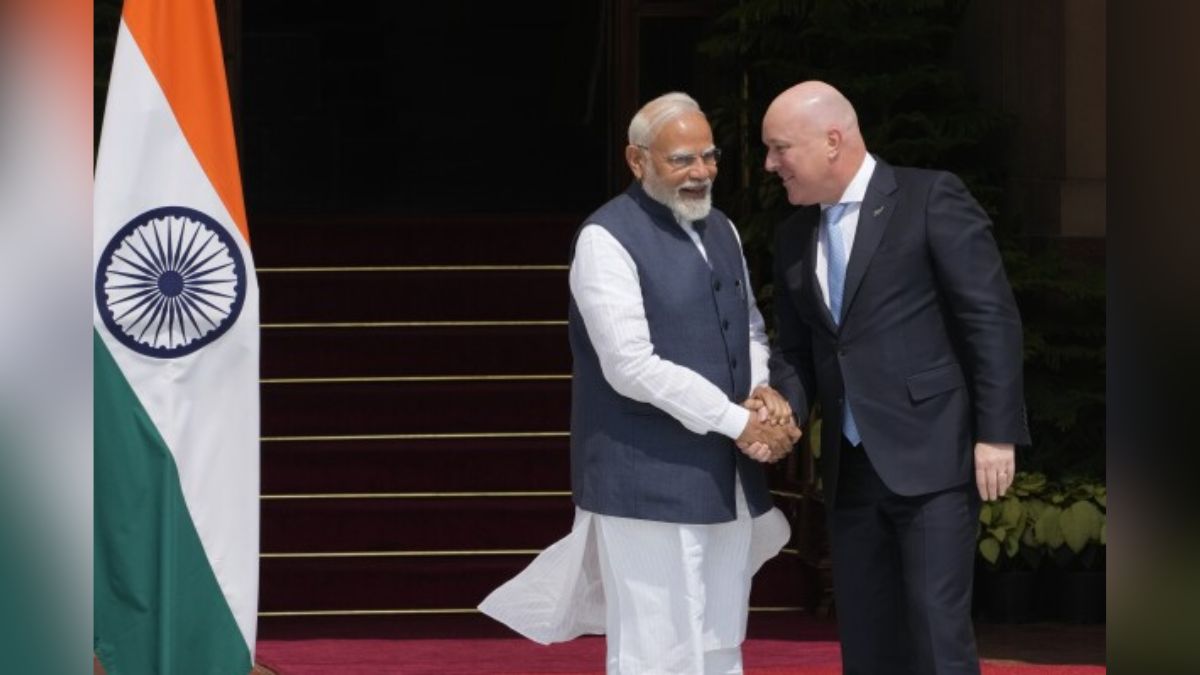)



